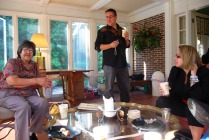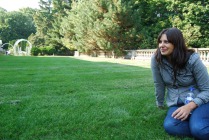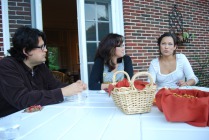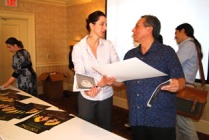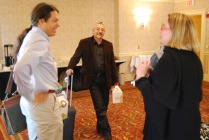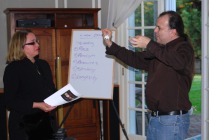American Indian Curatorial Practice: State of the Field 2008
The Department of Art History, University of Wisconsin-Madison September 25-27, 2008
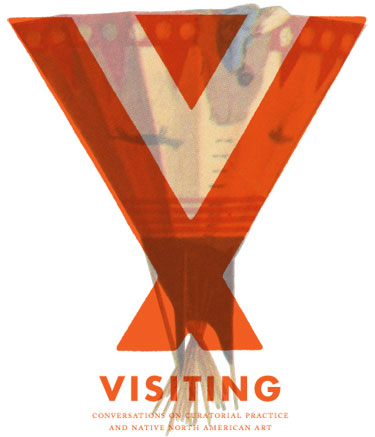
Visiting Conversations on Curatorial Practice and Native North American Art
Download PDF of AICP symposium press release
Project Description
The American Indian Curatorial Practice (AICP) symposium hosted by the University of Wisconsin-Madison’s Department of Art History explored the tension between the dynamic and emerging field of indigenous arts and the lagging reception of this practice by the American academy. The meeting took the form of a roundtable discussion with UW Madison scholars engaging nationally-known artists and curators in sustained dialogue. Our goal is to define the current status of American Indian curatorial practice. The project was funded under the Ford Foundation’s Indigenous Knowledge & Expressive Culture Portfolio Advancing the Dialogue on Native American Arts in Society.
Three decades ago, museums - including museums of American Indian arts and culture - experienced an ideological shift to a new inclusive museology whereby the traditional subjects of inquiry demanded to author their own representations. This “changing presentation of the American Indian” has been well documented, both in the popular press and in academic publications. Although the new inclusive museology is now largely incorporated as a standard practice, almost no consideration has been given to varying curatorial standards informed by diverse cultural values. The production and consumption of Native arts mean little if critical interpretations of the work are unavailable or even censored by narrowly defined or inappropriate criteria.
Intellectuals, curators and educators who theorize, interpret and disseminate American Indian arts via collections management, publications, exhibits, lectures and teaching are charged with the impossible task of altering centuries-old misperceptions about Native aesthetics. Not only are contemporary Native arts often erroneously viewed as inauthentic, contemporary Indigenous curation methods (such as mentorship and collaboration) have a tendency to be diminished in mainstream professional settings where individualism and authorship are highly valued. Consequently, aspiring Native arts museum professionals have been denied key opportunities to contribute to emerging scholarly debates on critical arts theory .
Great cultural institutions, social movements and universities have often emerged from close discussions between highly committed professional peers, dedicated to causes of social justice and democracy. The next thirty year cycle of Indigenous self-representations depends on the collective identification of existing challenges to American Indian arts curation and the development of a plan to address the divides that marginalize the field. The AICP symposium provides this crucial opportunity.
Visit Edenfed Home website
Logistics
The American Indian Curatorial Practice initiative will identify key challenges to self-representation, particularly the lack of professional infrastructure. The scarcity of graduate training programs in art history and museum studies, an absence from representation in national arts organizations, and a virtual rejection from mainstream contemporary arts publications are evidence of an enduring disjuncture in interpretative arts practice. Native arts professionals can effectively strategize new directions towards the inclusion of American Indian arts in established major venues through interventions such as the “State of the Field 2008” symposium. UW Madison is ideally situated to serve as a site for these discussions due to its high number of American Indian arts faculty, central geographic location and demonstrated commitment to the advancement of American Indian intellectualism.
The AICP symposium incorporated the format of “idea clusters”: groups of four to five participants who collectively work on a joint inquiry addressing one of the following topics: 1) exhibits, 2) publications, 3) collections, 4) academic and professional training, and 5) organizational representation. Idea clusters consist of a senior curator, an emerging curator, a professional artist and an administrator or faculty representative, thus modeling the core values of mentorship and exchange characteristic of our field. Each cluster will forward resolutions which: A) Define the existing challenges in their area, and B) Propose specific interventions. Participants were asked to respond to creative and generative examples of practice from the field as discussion-starters. From these applied, case-study example, broader trends were identified.
Ten regional participants (drawn from UW Madison’s American Indian Studies Program, the departments of Art and Art History and the Visual Culture Center jointly with local colleges and universities) engaged with ten national representatives in a two-day meeting. Day one of the symposium was devoted to direct problem-solving within these core discussion groups (“idea clusters”) followed by a joint presentations of findings. Day two identified emergent key themes with senior participants leading a guided discussion geared specifically to the published outcomes of the dialogue.

